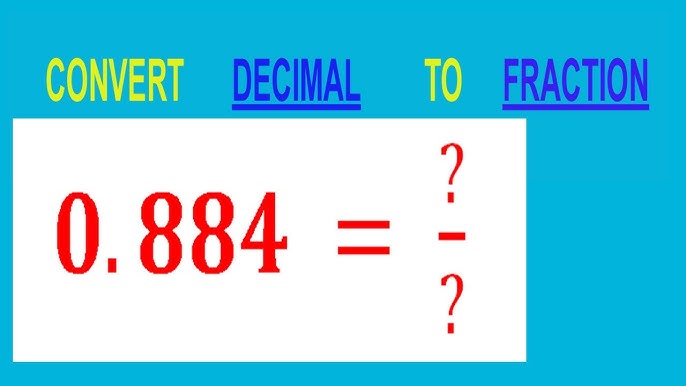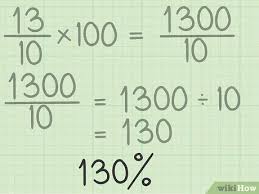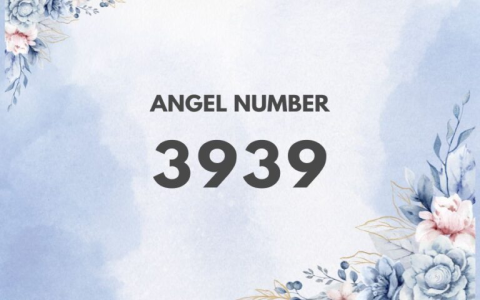Okay, so I was messing around with some numbers today and got stuck on this “.884” thing. I wanted to see it as a fraction, you know? Like, not the decimal, but the a/b version. It’s just one of those things that bugged me, so I had to figure it out.
First, I tried the easy way. I grabbed my phone’s calculator and typed in 0.884. Hit the “to fraction” button…and nothing. Seriously? My fancy phone can’t even do this simple thing? That’s annoying.
So, plan B. I remembered something from, like, way back in school. Something about multiplying by powers of 10. So I thought, okay, let’s move that decimal point over. I multiplied 0.884 by 1000 (because there are three digits after the decimal), and that gave me 884.

Now I had 884, which is the “a” part of my fraction. And because I multiplied by 1000, I know the “b” part is 1000. So, boom, I had 884/1000. That’s a fraction, right? But it felt… big. Clunky.
Making it Smaller (The Fun Part)
I knew I could simplify this. Both 884 and 1000 are even numbers, so I could definitely divide them both by 2. I started doing that:
- 884 / 2 = 442
- 1000 / 2 = 500
Now I had 442/500. Still even, so I did it again:
- 442/2 = 221
- 500/2 = 250
Okay, 221/250. This felt better. 221 isn’t even, so I couldn’t divide by 2 anymore. I tried dividing by 3, 5, 7… a few of those prime numbers. I kinda just eyeballed it and used my calculator to check. And guess what? Nothing worked. 221 is a bit of a weird number, it turns out.
So, after all that, I ended up with 221/250. That’s the fraction for .884, all simplified and nice. It took a little bit of work, a little bit of remembering old school stuff, but I got it. And, honestly, it felt pretty good to figure it out myself.


